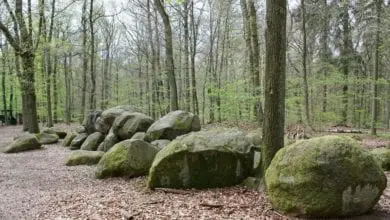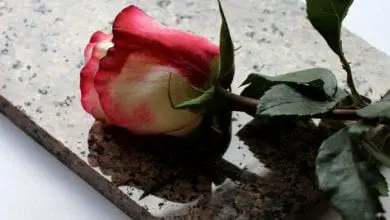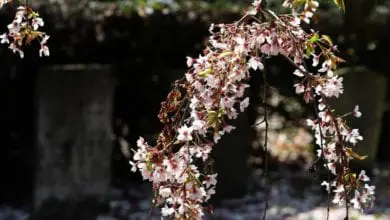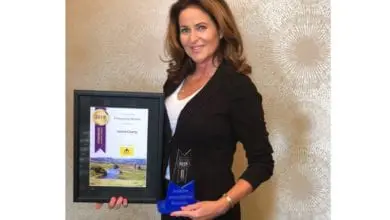Living on through memorial trees
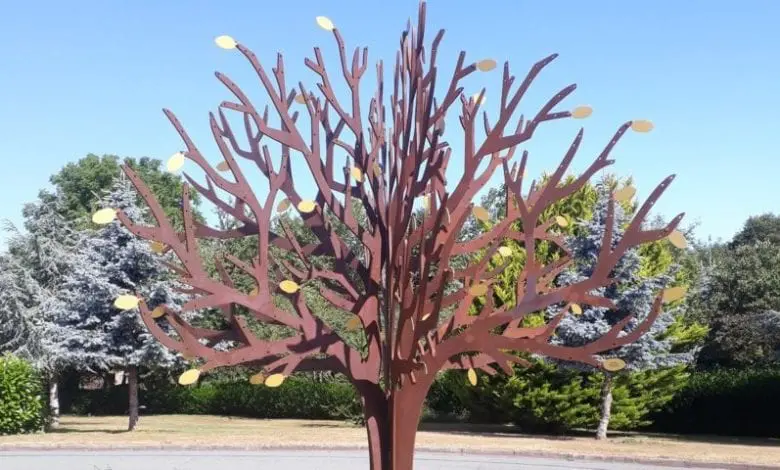
People and mourners alike continue to look for new and innovative ways to memorialise either themselves or their loved ones who have passed. At a time when ashes are being put into vinyl records or sent for a trip to space, the sector will only continue to see increasing demands for alternative memorials and more options become available.



